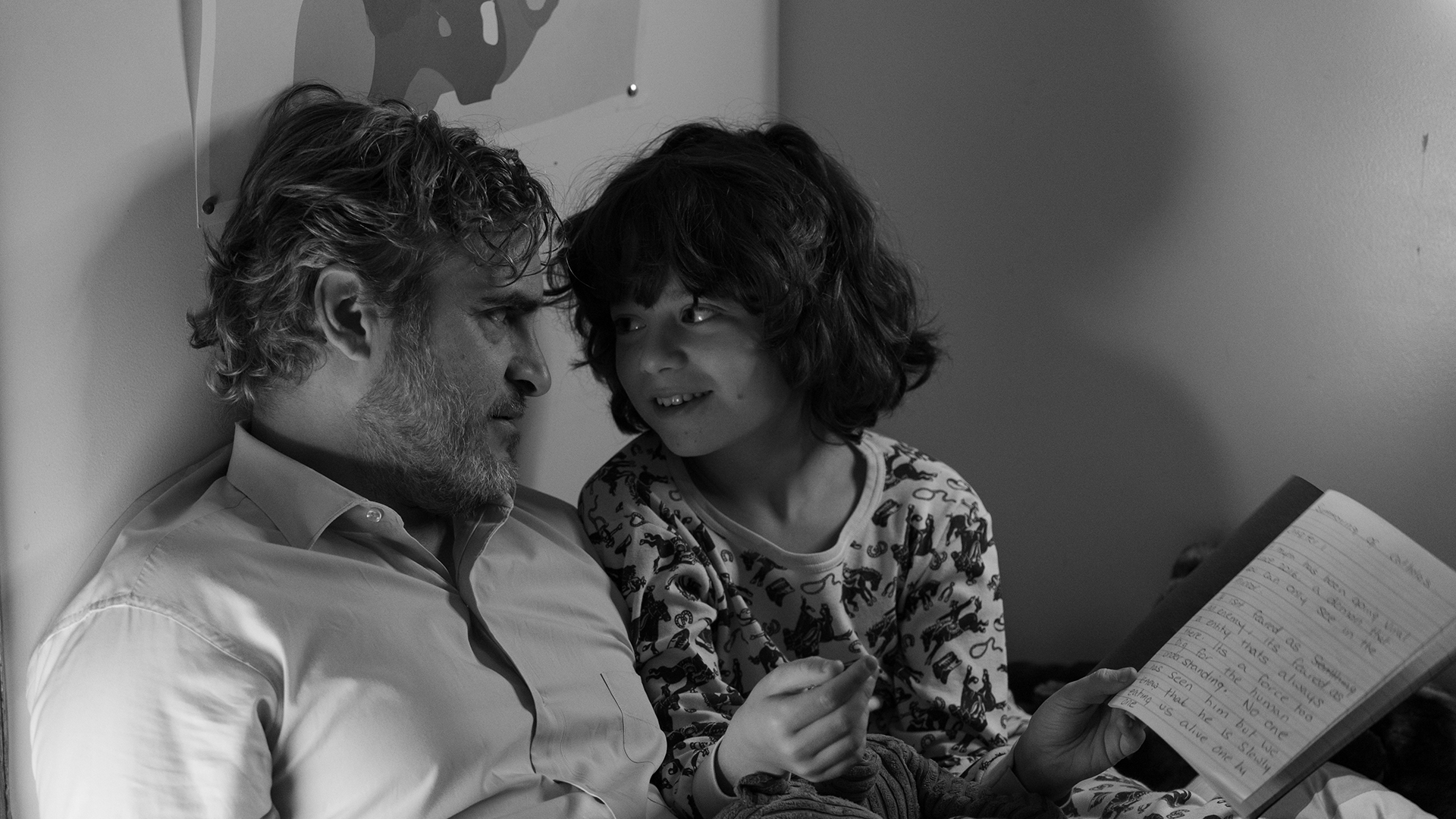Ian Haydn Smith takes stock of Mike Mills’ career, exploring how the writer-director’s latest emotional drama thematically connects with his previous films.

Family in a Mike Mills film feels like an uncharted ocean. Everyone knows the size of it, but it’s unclear where waters run deep or storms brew. Throughout his career, Mills has focused on different generations, grappling with the concerns and insecurities each faces, balancing the drama of lives in freefall with easygoing charm and understated humour.
C'mon C'mon follows on from two loosely autobiographical films that dealt with the coming out of his septuagenarian father (Beginners, 2010) and the bohemian household that he grew up in with his mother (20th Century Women, 2016). It focuses on the relationship between fortysomething radio journalist Johnny (Joaquin Phoenix) and his nine-year-old nephew Jesse (Woody Norman). Johnny travels the country recording interviews with children about their lives, concerns and thoughts on the future. His estranged sister Viv (Gaby Hoffmann) contacts him, asking if he would look after Jesse while she deals with her husband, who has had a relapse in his bipolar disorder. Johnny flies to Los Angeles for a week before bringing the boy back to New York so he can carry on with his work, and then takes him to New Orleans. Mills charts the growing intimacy between the two and the complexity of dealing with the baggage that comes with being part of a family.

C'mon C'mon (2021)
Across his four features, Mills has displayed a deftness in exploring past grievances through events in the present. Johnny – who could easily be the grown-up version of Justin, the 17-year-old protagonist of Mills’ feature debut Thumbsucker (2005) – has learned to suppress his emotions. Although he is engaging with the children he interviews, little else registers with him. And if he has to vent, he does it dispassionately, into the recorder. Jesse immediately picks up on it, hence his initial refusal to become yet another interviewee. But gradually, the boy worms his way through his uncle’s defences and Johnny, in turn, comes to terms with the issues that distanced him from his sister.
Mills shot the film in black and white, reducing any distinction between the narrative’s four locations. In colour, Detroit, Los Angeles, New York and New Orleans look very different. But here they exist on the same plane, forging a commonality between the opinions expressed by the children in each city. There is also no delineation between past and present. Mills employs music and overlapping dialogue to cut to sequences featuring Johnny, Viv and their dying mother. It keeps the siblings’ sentiments about the past simmering on the surface of any conversation.
Key to the film’s success is how Mills navigates Jesse and Johnny’s relationship. Norman is a small wonder, particularly in conveying an undercurrent of repressed emotions as Jesse engages in complex role-playing games. Phoenix gives his most understated performance in some time, evincing a natural charm that adds colour to Johnny’s emotional reticence. Their journey, by turns awkward, funny, occasionally sour and ultimately moving, makes for one of the best odd-couple films of the year.

